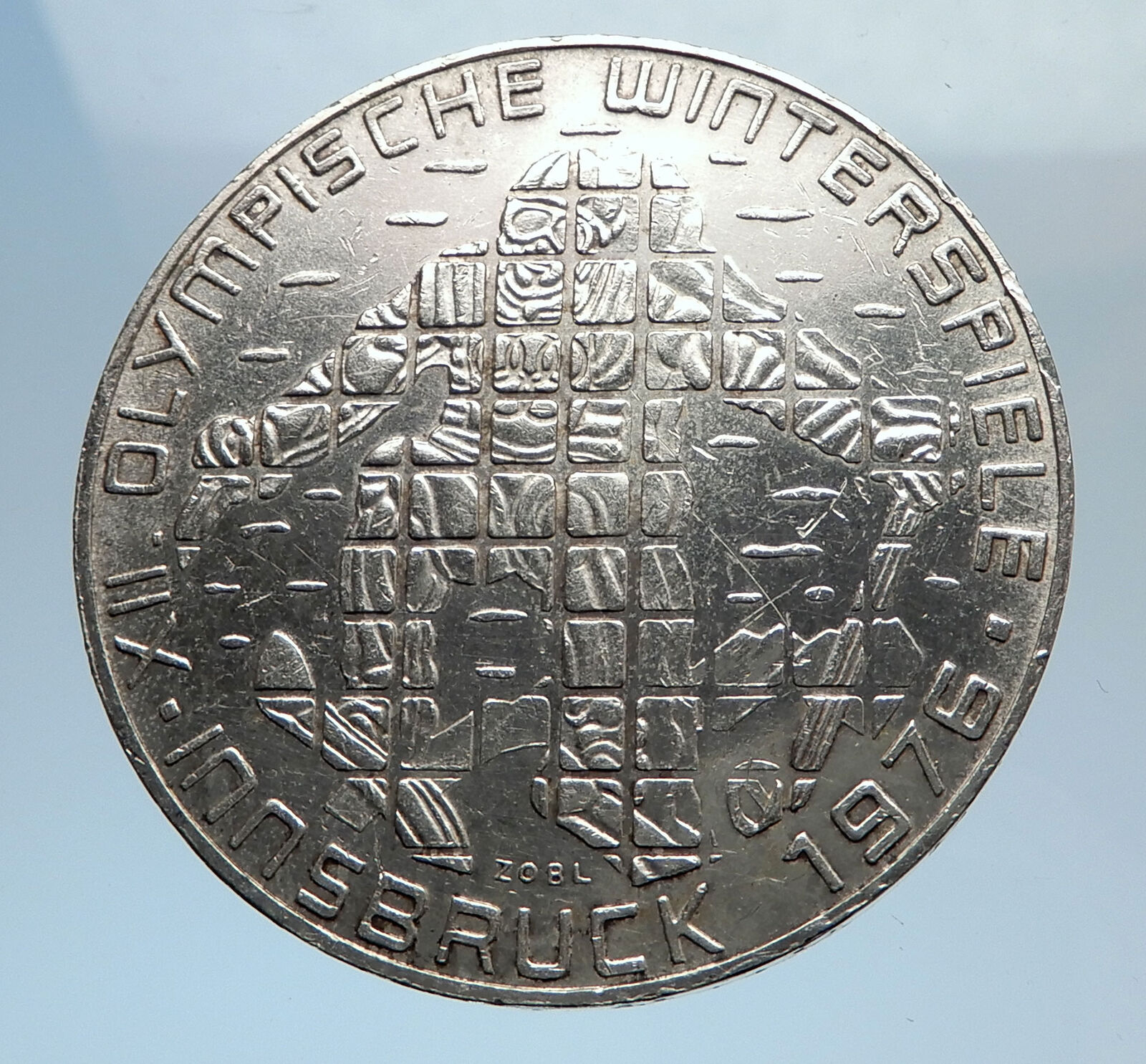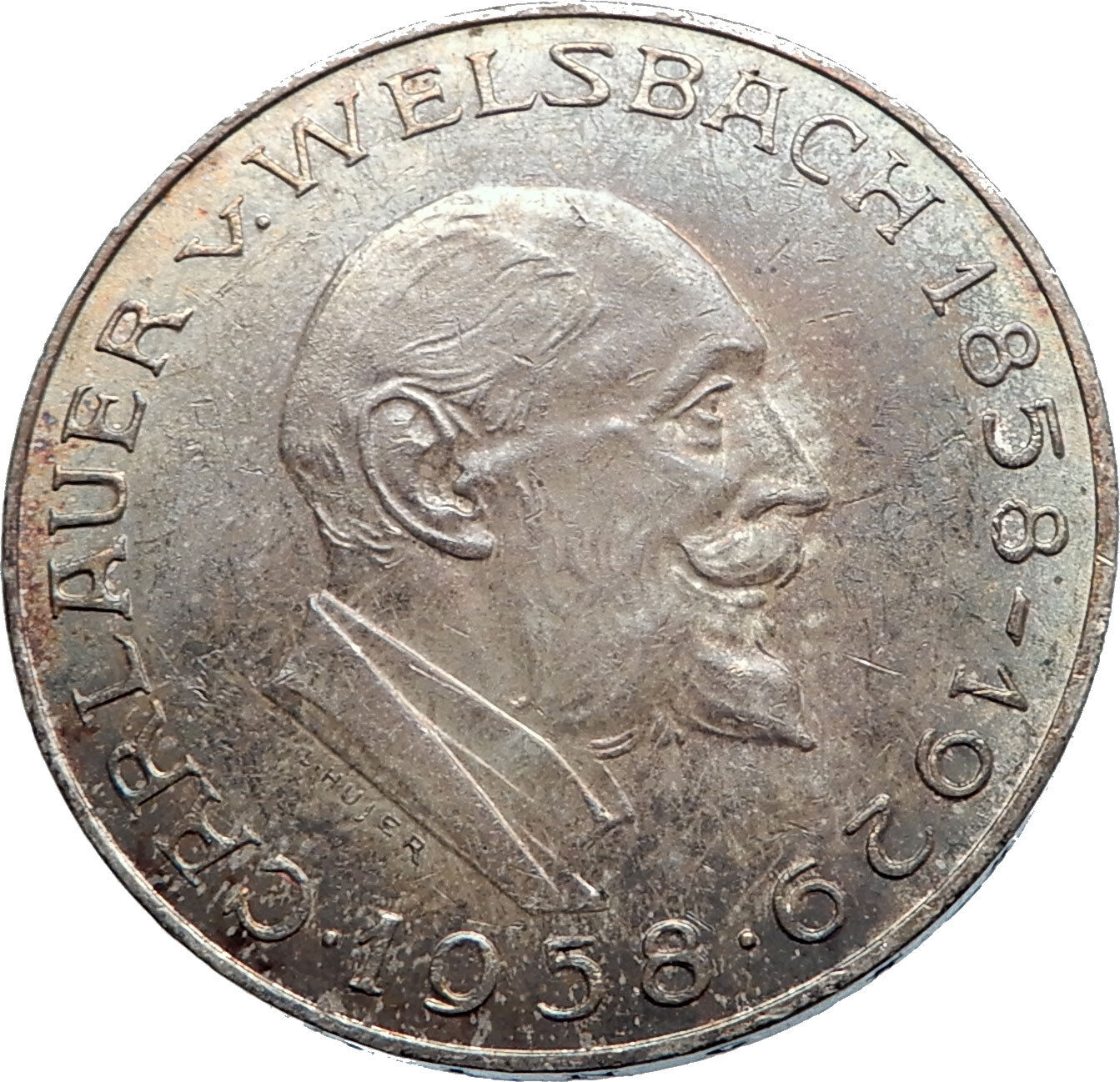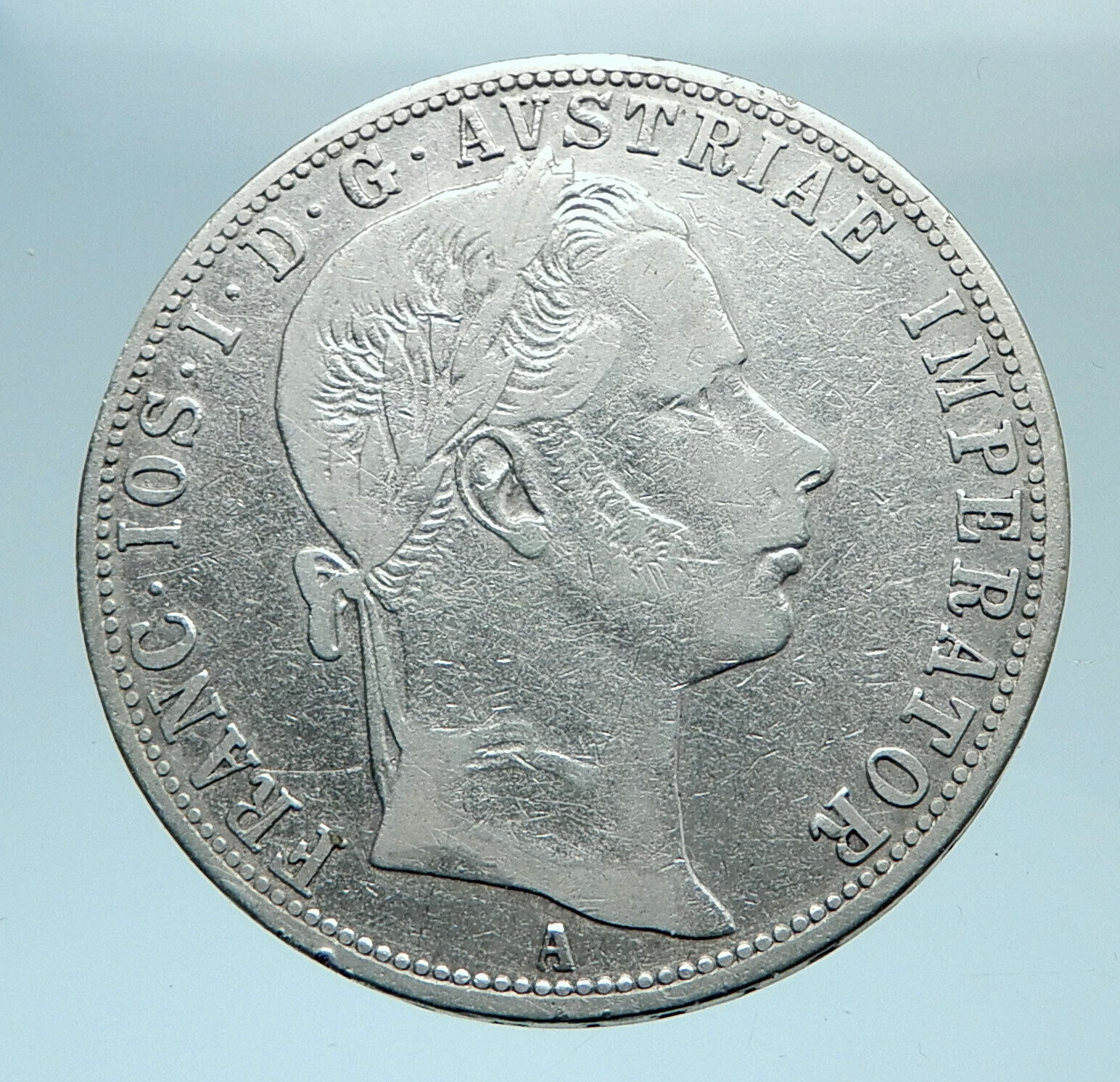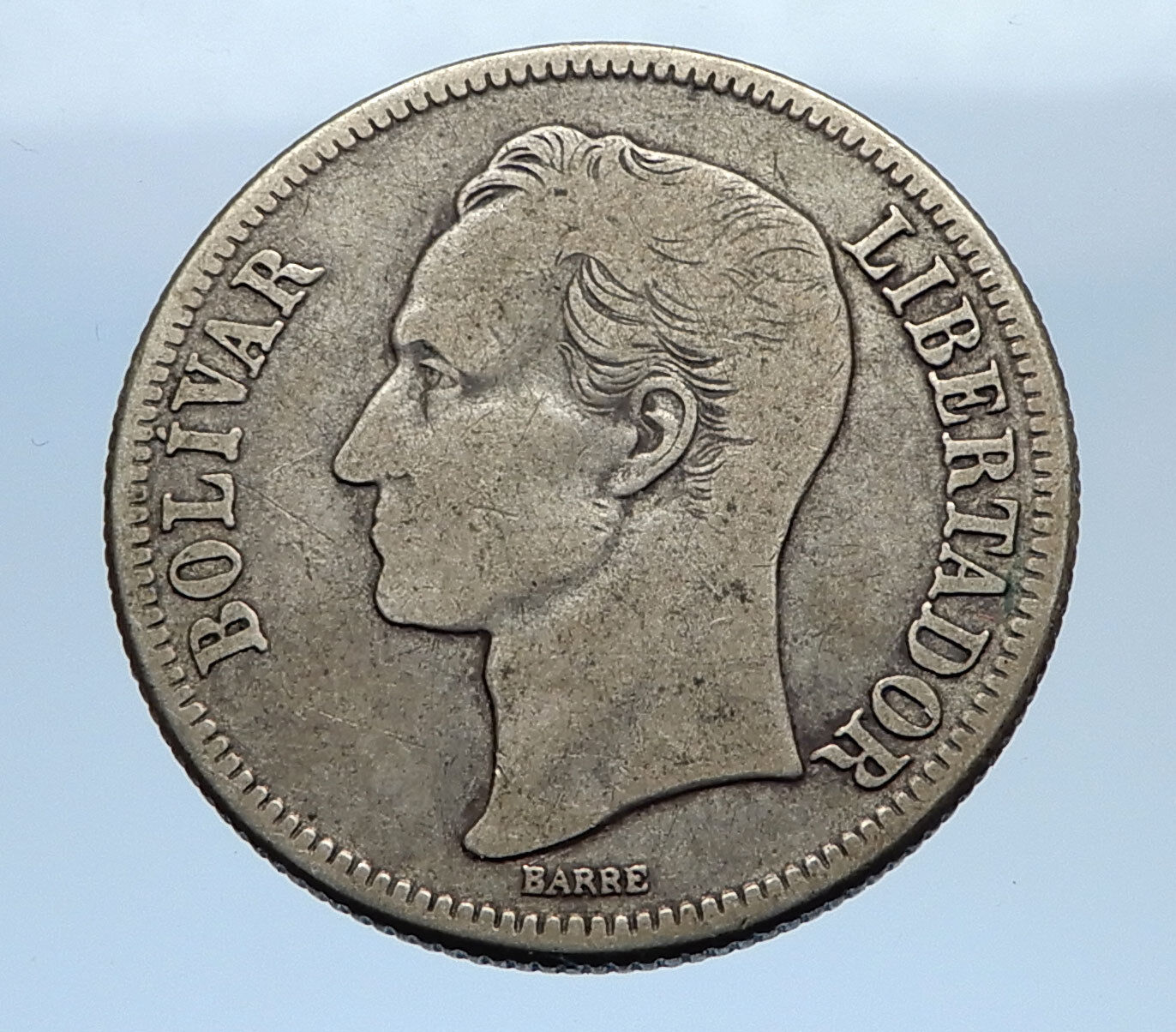|
Austria – Bishopric of Salzburg
Hieronymus von Colloredo – Archbishop: 22 June 1772 – 1803
1801 Silver 20 Kreuzer 28mm (6.70 grams) 0.583 Silver (0.1252 oz. ASW)
Reference: KM# 460
Crowned arms in ornamental shield.
CCXL EIN FEINE MARK, Wreath.
You are bidding on the exact item pictured, provided with a Certificate of Authenticity and Lifetime Guarantee of Authenticity.
 Hieronymus Joseph Franz de Paula Graf Colloredo von Wallsee und Melz (Jérôme Joseph Franz de Paula, Count of Colloredo-Wallsee and Mels; 31 May 1732 ” 20 May 1812) was Prince-Bishop of Gurk from 1761 to 1772 and Prince-Archbishop of Salzburg from 1772 until 1803, when the prince-archbishopric was secularized. After secularization, Colloredo fled to Vienna and remained the non-resident archbishop of Salzburg, bereft of temporal power, until his death in 1812. He is most famously known as a patron and employer for Mozart. Hieronymus Joseph Franz de Paula Graf Colloredo von Wallsee und Melz (Jérôme Joseph Franz de Paula, Count of Colloredo-Wallsee and Mels; 31 May 1732 ” 20 May 1812) was Prince-Bishop of Gurk from 1761 to 1772 and Prince-Archbishop of Salzburg from 1772 until 1803, when the prince-archbishopric was secularized. After secularization, Colloredo fled to Vienna and remained the non-resident archbishop of Salzburg, bereft of temporal power, until his death in 1812. He is most famously known as a patron and employer for Mozart.
He was born in Vienna, Austria, the second son of Count Rudolf Wenzel Joseph Colloredo von Wallsee und Melz (1706 “1788), a high-ranking Imperial official. Hieronymus was brought up in a strict religious household, and since his health did not allow him to pursue a military career, he was educated at the Theresianum Academy in Vienna, and studied philosophy at the University of Vienna and theology at the Collegium Germanicum et Hungaricum in Rome.
Accession
The Prince-Archbishopric of Salzburg fell vacant in December 1771, and (with considerable pressure from the Imperial court in Vienna), Colloredo, who had been Prince-Bishop of Gurk since 1761, was elected Prince-Archbishop on 14 March 1772 on the 13th ballot. According to Clive, “it was an unpopular choice in Salzburg whose citizens remained cool to him until the end.” Clive continues, “he was extremely autocratic and his dictatorial attitude at times provoked the hostility of the cathedral chapter and of civic officials.”
Policies
During his thirty years as ruler of Salzburg, Colloredo implemented reforms similar to those carried out in the Austrian Empire under Joseph II; see Josephinism. According to Halliwell, he “was ultimately successful in his main aims, but the struggle was a perpetual one … Colloredo had to establish like-minded people in each institution ” ecclesiastical, educational, legal, medical, fiscal, administrative and publicistic ” and persuade the reluctant populace to change its entire mentality.” Halliwell adds that Colloredo “attracted European-wide admiration for his efforts.”
Colloredo also resembled Joseph II in moving the Roman Catholic religion within his domains in a direction similar to Protestantism. Halliwell writes: “Pilgrimages and superstitious practices were banned, processions were restricted, church decoration was limited, musical settings of the Mass were shortened and sacred German hymns introduced … These changes led to deep resentment, and Colloredo and the architect of the pastoral letter t implemented the policy], Johann Michael Bönike, were called ‘secret Lutherans’. His diocesans would quip: “Our Prince von Colloredo has no Gloria nor Credo.”
End of Colloredo’s secular rule
On 12 December 1801, as French troops under Napoleon drew near to occupying the city, Archbishop Colloredo fled Salzburg, never to return. In 1803, in the course of the German mediatization, the prince-arcbishopric was secularized, ending the secular rule of Colloredo. Salzburg was awarded instead to the Grand Duke of Tuscany, who had lost his own state in the Napoleonic upheavals. Later, Salzburg was incorporated into Austria (1805), then Bavaria (1809), then finally into Austria again (1816).
Colloredo, as archbishop, remained the ecclesiastical head of the archdiocese (but not in residence) until his death, aged 79, at Vienna in 1812.
Colloredo and Mozart
Colloredo is well known to history as a patron and employer of Wolfgang Amadeus Mozart. He became exceptionally annoyed with Mozart’s frequent absences. After a number of arguments, he ultimately dismissed him with the words, “Soll er doch gehen, ich brauche ihn nicht!” (“He should just go then; I don’t need him!”)
Mozart’s letters to his father recount his indignation at what he portrays as abusive and insulting behavior by the Archbishop. In his letter of 13 June 1781, Mozart recounts that the final indignity of his dismissal by Colloredo was administered by the Archbishop’s steward, Count Arco (Karl Joseph Maria Felix, 1743 “1830):
…if they don’t want me ” that’s fine by me; –instead of Count Arco accepting my petition or obtaining an audience for me to send it in later or persuading me to let the matter rest and think it over, enfin, whatever he wanted –no, he throws me out of the room and gives me a kick up the backside. ” Well, in plain language this means that as far as I’m concerned, Salzburg no longer exists….
Leopold Mozart stayed in Salzburg but “continued to bemoan the failure to replace musicians who had left or died, and the consequent shambles in the court music.” Colloredo “sometimes played the violin in the court orchestra.”
In popular culture
Hieronymus von Colloredo was played by Nicholas Kepros in the 1984 film Amadeus. He is also a character in the musical Mozart!
 The Roman Catholic Archdiocese of Salzburg (Latin: Archidioecesis Salisburgensis) is an archdiocese of the Latin Rite of the Roman Catholic Church in Austria. The archdiocese is one of two Austrian archdioceses, serving alongside the Archdiocese of Vienna. The Roman Catholic Archdiocese of Salzburg (Latin: Archidioecesis Salisburgensis) is an archdiocese of the Latin Rite of the Roman Catholic Church in Austria. The archdiocese is one of two Austrian archdioceses, serving alongside the Archdiocese of Vienna.
The Archbishopric of Salzburg was a prince-bishopric of the Holy Roman Empire until 1803, when it was secularized as the Electorate of Salzburg. The archdiocese was reestablished in 1818 without temporal power.
  Austria, officially the Republic of Austria (German: Republik Österreich), is a federal republic and a landlocked country of over 8.5 million people in Central Europe. It is bordered by the Czech Republic and Germany to the north, Hungary and Slovakia to the east, Slovenia and Italy to the south, and Switzerland and Liechtenstein to the west. The territory of Austria covers 83,879 square kilometres (32,386 sq mi). Austria’s terrain is highly mountainous, lying within the Alps; only 32% of the country is below 500 metres (1,640 ft), and its highest point is 3,798 metres (12,461 ft). The majority of the population speak local Bavarian dialects of German as their native language, and Austrian German in its standard form is the country’s official language. Other local official languages are Hungarian, Burgenland Croatian, and Slovene. Austria, officially the Republic of Austria (German: Republik Österreich), is a federal republic and a landlocked country of over 8.5 million people in Central Europe. It is bordered by the Czech Republic and Germany to the north, Hungary and Slovakia to the east, Slovenia and Italy to the south, and Switzerland and Liechtenstein to the west. The territory of Austria covers 83,879 square kilometres (32,386 sq mi). Austria’s terrain is highly mountainous, lying within the Alps; only 32% of the country is below 500 metres (1,640 ft), and its highest point is 3,798 metres (12,461 ft). The majority of the population speak local Bavarian dialects of German as their native language, and Austrian German in its standard form is the country’s official language. Other local official languages are Hungarian, Burgenland Croatian, and Slovene.
 The origins of modern-day Austria date back to the time of the Habsburg dynasty when the vast majority of the country was a part of the Holy Roman Empire. From the time of the Reformation, many Northern German princes, resenting the authority of the Emperor, used Protestantism as a flag of rebellion. The Thirty Years War, the influence of the Kingdom of Sweden and Kingdom of France, the rise of the Kingdom of Prussia, and the Napoleonic invasions all weakened the power of the Emperor in the North of Germany, but in the South, and in non-German areas of the Empire, the Emperor and Catholicism maintained control. During the 17th and 18th centuries, Austria was able to retain its position as one of the great powers of Europe and, in response to the coronation of Napoleon as the Emperor of the French, the Austrian Empire was officially proclaimed in 1804. Following Napoleon’s defeat, Prussia emerged as Austria’s chief competitor for rule of a larger Germany. Austria’s defeat by Prussia at the Battle of Königgrätz, during the Austro-Prussian War of 1866 cleared the way for Prussia to assert control over the rest of Germany. In 1867, the empire was reformed into Austria-Hungary. After the defeat of France in the 1870 Franco-Prussian War, Austria was left out of the formation of a new German Empire, although in the following decades its politics, and its foreign policy, increasingly converged with those of the Prussian-led Empire. During the 1914 July Crisis that followed the assassination of Archduke Franz Ferdinand of Austria, Germany guided Austria in issuing the ultimatum to Serbia that led to the declaration of World War I. The origins of modern-day Austria date back to the time of the Habsburg dynasty when the vast majority of the country was a part of the Holy Roman Empire. From the time of the Reformation, many Northern German princes, resenting the authority of the Emperor, used Protestantism as a flag of rebellion. The Thirty Years War, the influence of the Kingdom of Sweden and Kingdom of France, the rise of the Kingdom of Prussia, and the Napoleonic invasions all weakened the power of the Emperor in the North of Germany, but in the South, and in non-German areas of the Empire, the Emperor and Catholicism maintained control. During the 17th and 18th centuries, Austria was able to retain its position as one of the great powers of Europe and, in response to the coronation of Napoleon as the Emperor of the French, the Austrian Empire was officially proclaimed in 1804. Following Napoleon’s defeat, Prussia emerged as Austria’s chief competitor for rule of a larger Germany. Austria’s defeat by Prussia at the Battle of Königgrätz, during the Austro-Prussian War of 1866 cleared the way for Prussia to assert control over the rest of Germany. In 1867, the empire was reformed into Austria-Hungary. After the defeat of France in the 1870 Franco-Prussian War, Austria was left out of the formation of a new German Empire, although in the following decades its politics, and its foreign policy, increasingly converged with those of the Prussian-led Empire. During the 1914 July Crisis that followed the assassination of Archduke Franz Ferdinand of Austria, Germany guided Austria in issuing the ultimatum to Serbia that led to the declaration of World War I.
After the collapse of the Habsburg (Austro-Hungarian) Empire in 1918 at the end of World War I, Austria adopted and used the name the Republic of German-Austria (Deutschösterreich, later Österreich) in an attempt for union with Germany, but was forbidden due to the Treaty of Saint-Germain-en-Laye (1919). The First Austrian Republic was established in 1919. In the 1938 Anschluss, Austria was occupied and annexed by Nazi Germany.[14] This lasted until the end of World War II in 1945, after which Germany was occupied by the Allies and Austria’s former democratic constitution was restored. In 1955, the Austrian State Treaty re-established Austria as a sovereign state, ending the occupation. In the same year, the Austrian Parliament created the Declaration of Neutrality which declared that the Second Austrian Republic would become permanently neutral.
Today, Austria is a parliamentary representative democracy comprising nine federal states. The capital and largest city, with a population exceeding 1.7 million, is Vienna. Austria is one of the richest countries in the world, with a nominal per capita GDP of $52,216 (2014 est.). The country has developed a high standard of living and in 2014 was ranked 21st in the world for its Human Development Index. Austria has been a member of the United Nations since 1955, joined the European Union in 1995, and is a founder of the OECD. Austria also signed the Schengen Agreement in 1995, and adopted the euro in 1999.
|





 Hieronymus Joseph Franz de Paula Graf Colloredo von Wallsee und Melz (Jérôme Joseph Franz de Paula, Count of Colloredo-Wallsee and Mels; 31 May 1732 ” 20 May 1812) was Prince-Bishop of Gurk from 1761 to 1772 and Prince-Archbishop of Salzburg from 1772 until 1803, when the prince-archbishopric was secularized. After secularization, Colloredo fled to Vienna and remained the non-resident archbishop of Salzburg, bereft of temporal power, until his death in 1812. He is most famously known as a patron and employer for Mozart.
Hieronymus Joseph Franz de Paula Graf Colloredo von Wallsee und Melz (Jérôme Joseph Franz de Paula, Count of Colloredo-Wallsee and Mels; 31 May 1732 ” 20 May 1812) was Prince-Bishop of Gurk from 1761 to 1772 and Prince-Archbishop of Salzburg from 1772 until 1803, when the prince-archbishopric was secularized. After secularization, Colloredo fled to Vienna and remained the non-resident archbishop of Salzburg, bereft of temporal power, until his death in 1812. He is most famously known as a patron and employer for Mozart.  The Roman Catholic Archdiocese of Salzburg (Latin: Archidioecesis Salisburgensis) is an archdiocese of the Latin Rite of the Roman Catholic Church in Austria. The archdiocese is one of two Austrian archdioceses, serving alongside the Archdiocese of Vienna.
The Roman Catholic Archdiocese of Salzburg (Latin: Archidioecesis Salisburgensis) is an archdiocese of the Latin Rite of the Roman Catholic Church in Austria. The archdiocese is one of two Austrian archdioceses, serving alongside the Archdiocese of Vienna. 
 Austria, officially the Republic of Austria (German: Republik Österreich), is a federal republic and a landlocked country of over 8.5 million people in Central Europe. It is bordered by the Czech Republic and Germany to the north, Hungary and Slovakia to the east, Slovenia and Italy to the south, and Switzerland and Liechtenstein to the west. The territory of Austria covers 83,879 square kilometres (32,386 sq mi). Austria’s terrain is highly mountainous, lying within the Alps; only 32% of the country is below 500 metres (1,640 ft), and its highest point is 3,798 metres (12,461 ft). The majority of the population speak local Bavarian dialects of German as their native language, and Austrian German in its standard form is the country’s official language. Other local official languages are Hungarian, Burgenland Croatian, and Slovene.
Austria, officially the Republic of Austria (German: Republik Österreich), is a federal republic and a landlocked country of over 8.5 million people in Central Europe. It is bordered by the Czech Republic and Germany to the north, Hungary and Slovakia to the east, Slovenia and Italy to the south, and Switzerland and Liechtenstein to the west. The territory of Austria covers 83,879 square kilometres (32,386 sq mi). Austria’s terrain is highly mountainous, lying within the Alps; only 32% of the country is below 500 metres (1,640 ft), and its highest point is 3,798 metres (12,461 ft). The majority of the population speak local Bavarian dialects of German as their native language, and Austrian German in its standard form is the country’s official language. Other local official languages are Hungarian, Burgenland Croatian, and Slovene. The origins of modern-day Austria date back to the time of the Habsburg dynasty when the vast majority of the country was a part of the Holy Roman Empire. From the time of the Reformation, many Northern German princes, resenting the authority of the Emperor, used Protestantism as a flag of rebellion. The Thirty Years War, the influence of the Kingdom of Sweden and Kingdom of France, the rise of the Kingdom of Prussia, and the Napoleonic invasions all weakened the power of the Emperor in the North of Germany, but in the South, and in non-German areas of the Empire, the Emperor and Catholicism maintained control. During the 17th and 18th centuries, Austria was able to retain its position as one of the great powers of Europe and, in response to the coronation of Napoleon as the Emperor of the French, the Austrian Empire was officially proclaimed in 1804. Following Napoleon’s defeat, Prussia emerged as Austria’s chief competitor for rule of a larger Germany. Austria’s defeat by Prussia at the Battle of Königgrätz, during the Austro-Prussian War of 1866 cleared the way for Prussia to assert control over the rest of Germany. In 1867, the empire was reformed into Austria-Hungary. After the defeat of France in the 1870 Franco-Prussian War, Austria was left out of the formation of a new German Empire, although in the following decades its politics, and its foreign policy, increasingly converged with those of the Prussian-led Empire. During the 1914 July Crisis that followed the assassination of Archduke Franz Ferdinand of Austria, Germany guided Austria in issuing the ultimatum to Serbia that led to the declaration of World War I.
The origins of modern-day Austria date back to the time of the Habsburg dynasty when the vast majority of the country was a part of the Holy Roman Empire. From the time of the Reformation, many Northern German princes, resenting the authority of the Emperor, used Protestantism as a flag of rebellion. The Thirty Years War, the influence of the Kingdom of Sweden and Kingdom of France, the rise of the Kingdom of Prussia, and the Napoleonic invasions all weakened the power of the Emperor in the North of Germany, but in the South, and in non-German areas of the Empire, the Emperor and Catholicism maintained control. During the 17th and 18th centuries, Austria was able to retain its position as one of the great powers of Europe and, in response to the coronation of Napoleon as the Emperor of the French, the Austrian Empire was officially proclaimed in 1804. Following Napoleon’s defeat, Prussia emerged as Austria’s chief competitor for rule of a larger Germany. Austria’s defeat by Prussia at the Battle of Königgrätz, during the Austro-Prussian War of 1866 cleared the way for Prussia to assert control over the rest of Germany. In 1867, the empire was reformed into Austria-Hungary. After the defeat of France in the 1870 Franco-Prussian War, Austria was left out of the formation of a new German Empire, although in the following decades its politics, and its foreign policy, increasingly converged with those of the Prussian-led Empire. During the 1914 July Crisis that followed the assassination of Archduke Franz Ferdinand of Austria, Germany guided Austria in issuing the ultimatum to Serbia that led to the declaration of World War I.




